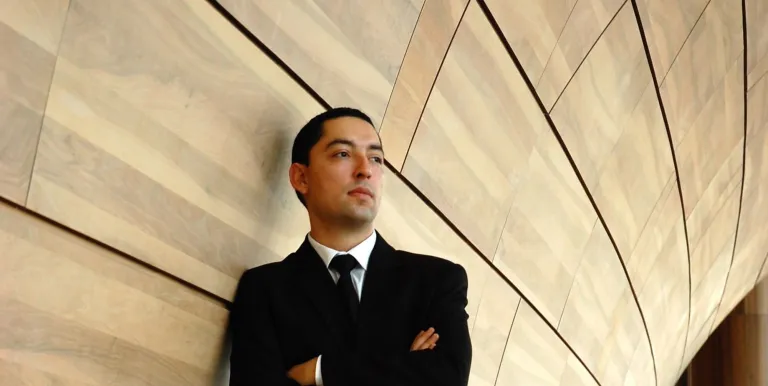one interval
Featuring:
Bartók
Sonata for two pianos and percussion, BB 115, Sz. 110 - Allegro troppo, II. Lento, ma non troppo
Webern
Variations for piano, Op. 27 - excerpts
Steve Reich
Clapping Music
The golden ratio is present everywhere in the natural world surrounding us and in the art created by humanity, establishing an amazing balance between symmetry and asymmetry. Pythagoras and his followers believed that what they had identified in the golden ratio was the basic law of existence: from the shells of snails to certain parts of the human body, this ratio is reflected in countless places. The divine number, as the Greeks called it, however, would also later go on to become one of the important organising principles of music history.
Let's start with a quick definition: if we divide a distance or quantity in such a way that the ratio of the whole section to the larger is equal to the ratio that exists between the larger and the smaller, we are talking about a golden ratio. Now let's raise the stakes: the Fibonacci number sequence is an infinite series of sums of simple integers whose numerical relationships are directly related to the rules of the golden ratio. The golden ratio and Fibonacci numbers appear in nature in the most unexpected places, from flora and fauna to the human body. But that is not the only place they emerge: these concepts are also related to the art of music as well. And very closely related too: it's enough just to think of finding an unexpected musical twist in the golden ratio of the bar numbers in the works of many composers. In most cases, the golden ratio does not appear with complete accuracy, but in some of Béla Bartók's works, for example, the phenomenon manifests itself with impressive precision in the measures, although, of course, not all musicologists agree on this. Besides Bartók, this programme consists of musical examples from both the Classical period and contemporary ones from the 20th and 21st century composed for piano and percussion. Moderating the discussion will be Szilveszter Szélpál, with the active participation of musicologist Gergely Fazekas.
Age: 12-18 year
Presented by: Müpa Budapest
-
We wish to inform you that in the event that Müpa Budapest's underground garage and outdoor car park are operating at full capacity, it is advisable to plan for increased waiting times when you arrive. In order to avoid this, we recommend that you depart for our events in time, so that you you can find the ideal parking spot quickly and smoothly and arrive for our performance in comfort. The Müpa Budapest underground garage gates will be operated by an automatic number plate recognition system. Parking is free of charge for visitors with tickets to any of our paid performances on that given day. The detailed parking policy of Müpa Budapest is available here.








